Phanindra’s Provocative Words: Challenging Indian Influence and Supporting Prime Minister’s China Visit
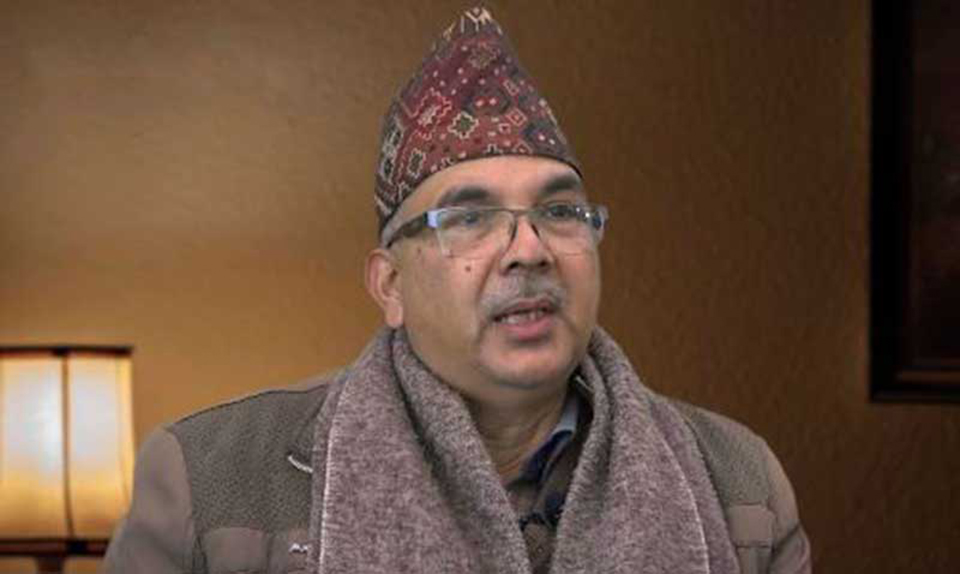
Phanindra Nepal, the head of the Greater Nepal Nationalist Front, has voiced strong support for Prime Minister KP Oli’s upcoming visit to China. Known for his outspoken nationalist rhetoric, Nepal sees the visit as a chance to strengthen Nepal-China relations, while taking jabs at what he perceives as "Indian-influenced" Nepalese media. This has stirred both controversy and debate, as he’s criticized Nepalese media outlets, accusing them of pandering to Indian narratives—without presenting evidence. His remarks have sparked significant public attention, especially his choice of offensive language.
Controversial Comments on Social Media
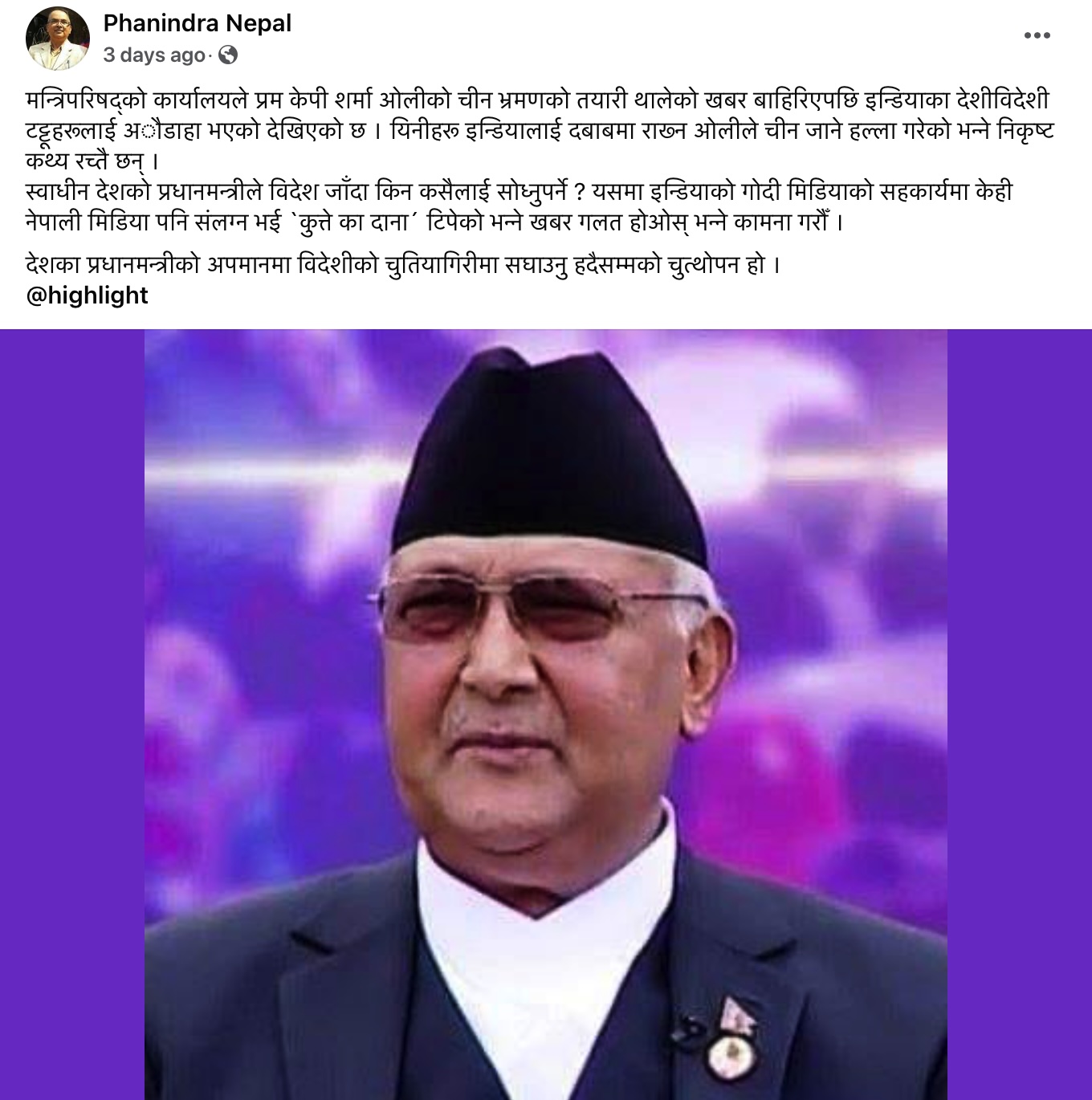
In a recent Facebook post, Nepal unleashed a slew of criticism aimed at various media outlets. He wrote, “As preparations are underway for PM Oli’s China visit, Indian-backed 'servant' media are already spinning stories. Why should our prime minister need approval from others to visit abroad? Some Nepali media are picking up the 'scraps' from Indian 'godi media.’ This behavior injures the nation’s dignity.” His use of terms like “kutta ka daana” (dog feed) and “chutiya” (a derogatory slang term) to insult media outlets has drawn substantial criticism, raising questions about his decorum and approach to public discourse.
Decoding Nepal’s Use of the Term "Chutiya"
Phanindra’s use of the term "chutiya" has raised eyebrows across Nepal’s social media, where the word is widely regarded as vulgar and insulting, generally meaning "fool" or "idiot." Originating as a slur, it’s traditionally used to deride or insult someone for perceived ignorance or incompetence. Though Nepal’s post didn’t use the word in a literal sense, the insult has nonetheless been seen as an unprovoked and lowbrow attack, detracting from his nationalist agenda and bringing the ethical quality of his rhetoric into question.
The Question of Proof: Is Indian Influence Real?
While Phanindra Nepal’s accusations against Nepali media have garnered him a faction of supporters, many are asking where the proof of his claims lies. Labeling certain outlets as Indian-influenced demands substantiation, especially for claims that stir nationalistic fervor. Without evidence, such statements could potentially escalate unnecessary tensions and divert attention from the core purpose of nationalism. If his allegations are unfounded, Nepal’s comments may reflect more of a political stunt than a genuine concern for national welfare. Critics argue that university-educated leaders like Phanindra should uphold a higher standard of language, refraining from language associated with criminal or gutter-level exchanges.
If he brings proof, Nepal Aaja will publish the details with evidence; however, even if such rumors persist in society, it is inappropriate for an individual involved in university-level academic activities to use language typical of detained criminals.
Phanindra’s Nationalist Campaign and the New Map of Nepal
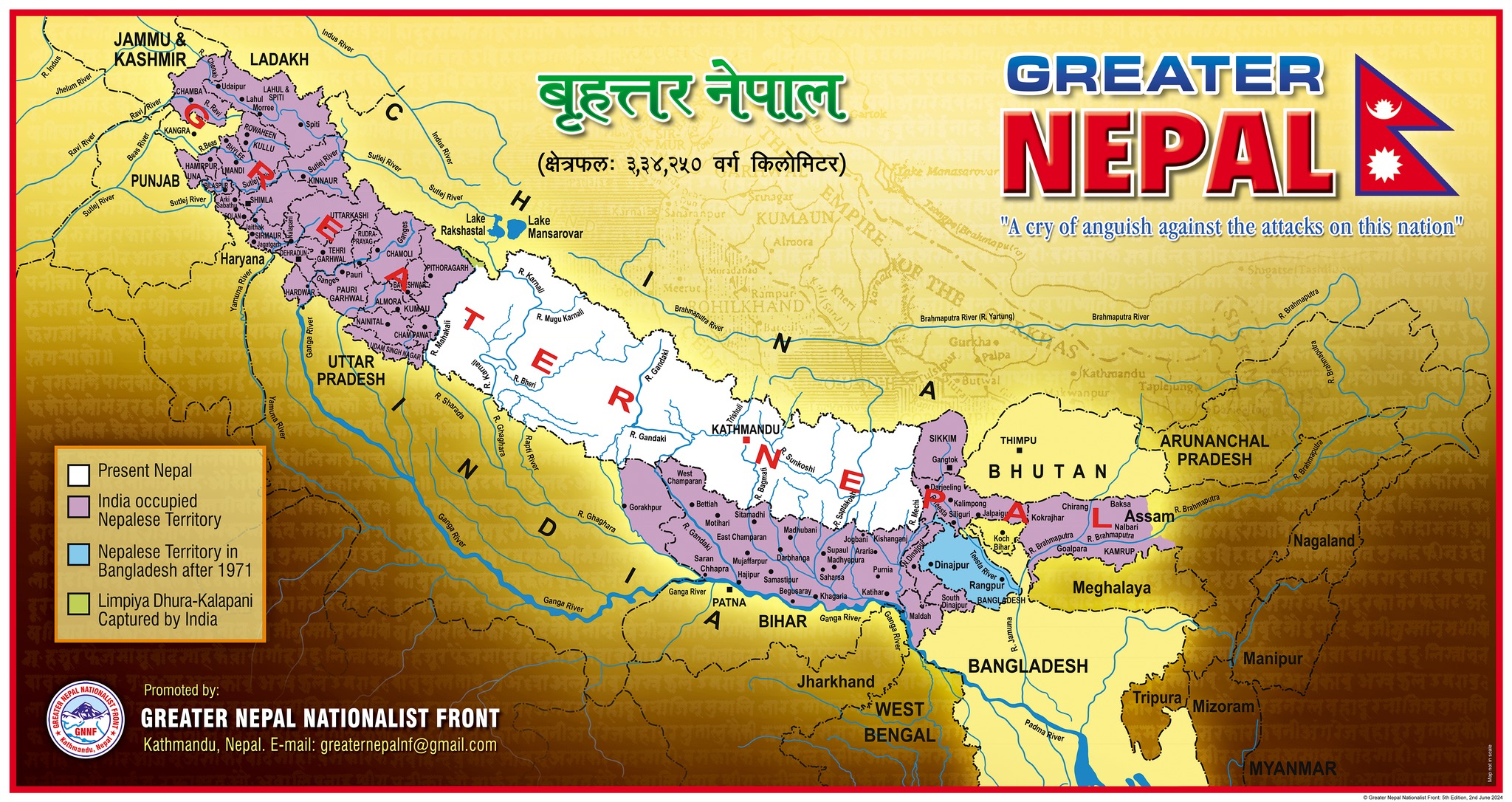
As part of his ongoing nationalist movement, Phanindra recently launched a new map of Nepal, claiming territories reaching the Brahmaputra River to the east and Ravi River to the west, totaling an area of 334,250 square kilometers. This expansionist map, far exceeding the officially recognized Nepal, has attracted both admiration and skepticism. Although the new map evokes national pride in some, it has also stirred doubts about the feasibility and evidence behind such territorial assertions.
Nationalist Rhetoric and Phanindra’s Responsibility
While Phanindra’s rhetoric has galvanized a segment of nationalist supporters, the lack of evidence undermines its credibility. Nationalism, especially when countering foreign influence, must be rooted in documented facts rather than baseless allegations. His inflammatory statements, while attention-grabbing, may do more harm than good to his long-term image as a nationalist leader, as the responsibility to present proof remains.
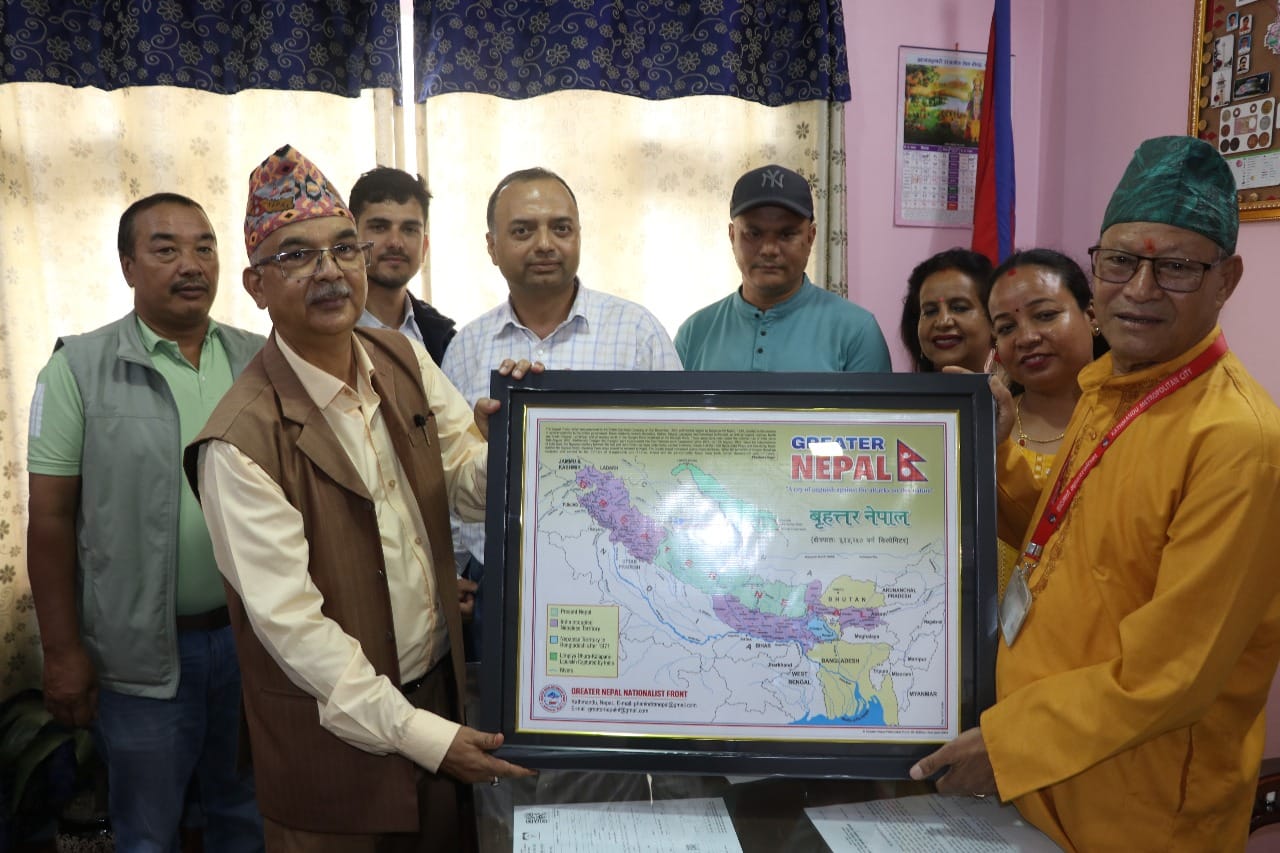
By releasing an exaggerated map to reignite nationalist passion on one hand and resorting to offensive slurs on the other, Phanindra risks weakening his campaign. Such provocations could strain Nepal-India relations unnecessarily and may distract from diplomatic objectives.
Expectations from Prime Minister Oli’s China Visit
Despite Phanindra’s divisive language, he has expressed strong support for Prime Minister Oli’s China visit, seeing it as an opportunity to bolster Nepal’s international standing. The visit aims to enhance economic and diplomatic relations with China, and Phanindra’s nationalist followers hope it will lend credence to his vision of a self-reliant, independent Nepal. Yet, for this visit to be framed within the context of Nepal’s national pride and sovereignty, it will be essential for Phanindra and others like him to adopt a responsible, fact-based approach to their discourse.
In the end, Phanindra Nepal’s statements are a reminder of the fine line between nationalism and divisiveness. His nationalist vision for Nepal would be best served by upholding transparency and truth, especially when tackling sensitive issues like foreign influence and media accountability.
Greater Nepal Phanindra Nepal
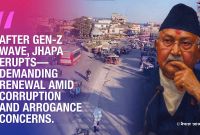


![From Kathmandu to the World: How Excel Students Are Winning Big [Admission Open]](https://nepalaaja.com/img/70194/medium/excel-college-info-eng-nep-2342.jpg)
